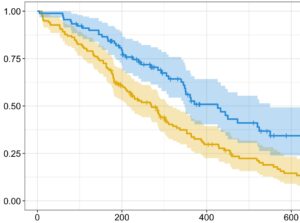Willingness to Pay – Amending Gabor-Granger
Summary
Willingness to pay, or WTP, is the maximum price a customer is willing to pay for a product or service. We developed a subtle modification of the Gabor-Granger analysis to robustly estimate the WTP of at least 70% of a clients’ customer base.

The Issue
Our client wished to obtain a robust estimate of the maximum additional cost that at least 70% (or other similar percentage) of their customers were willing to pay for various new items services on their energy bills. For a simple average of the amount that their customers were willing to pay for such items services had proven to be unhelpful in the past.
Our solution
The data was collected following the well-known Gabor-Granger approach to determine the maximum amount that a customer is willing to pay for an item. We introduced numerous methodological improvements to ease the respondents’ tasks, and to reduce obvious bias. Outliers were removed and the data scaled to reflect more real-life choices.
Two common outputs of the analysis of such data are the Turnbull Estimate, or simply the sample median (or other percentile). Neither of the estimates seemed robust enough to us or the client, and, moreover, the former, whilst well respected, did not meet the client’s desire to have a 70% cut-off.
To improve robustness and meet the client’s objectives, instead, we constructed a collection of confidence intervals around each data point of the cumulative frequency curves. Then, by using appropriate interpolation, we were able to obtain upper and lower bounds for every percentile, in particular, the 70% percentile. In each case, the final estimate was the midpoint between the bounds.
the result
We produced reliable estimates, with confidence bounds, of the amount that the client’s customers were willing to pay for each of the new services. This allowed the client to confidently move away from looking at what its average customer would pay, but instead to consider what the vast majority of them would be willing and able to pay.
Are you interested in reading more about our projects? Choose a category from the buttons below:
Other projects in this category:








